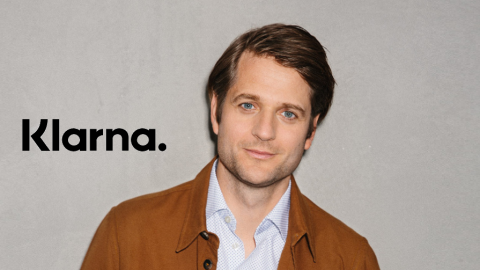Unlocking DeFi’s Future: How Tokenized Assets Will Revolutionize the Casino Economy
Vitalik Buterin’s observation about the current state of decentralized finance (DeFi) has sparked important discussions in the crypto community. He argues that DeFi resembles a circular speculative economy, where the value of crypto tokens primarily arises from trading rather than real-world applications. This perspective is echoed by Zach Rynes, known as ChainLinkGod, who believes that the future of crypto lies in integrating traditional capital markets on-chain.
The Current Landscape of DeFi
Ethereum Co-Founder Vitalik Buterin recently stirred conversations on crypto Twitter by stating that DeFi feels like an ouroboros—a snake eating its own tail. He noted that the value generated in this ecosystem is largely tied to trading activities, which raises questions about its sustainability and potential for broader adoption.
Understanding the Limitations of Current DeFi
While the ethos of DeFi aims to democratize financial services and eliminate intermediaries, it often resembles a speculative casino. The reality is that the current iteration of DeFi is limited, as it predominantly focuses on circular token speculation.
- Limited Demand: There is only so much capital available for speculative trading.
- Sustainability Issues: The existing model is not viable for long-term growth.
- Missed Opportunities: Current DeFi does not tap into the vast potential of real-world assets.
The Path Forward: Embracing Tokenized Assets
To transition from mere speculation to real-world utility, DeFi must focus on tokenizing traditional assets. Blockchains excel at issuing and managing assets through digital tokens, making this a crucial growth opportunity for the sector.
Unlocking Capital in Traditional Markets
Tokenizing assets from the traditional financial system, such as:
- Bank deposits
- Commercial paper
- Treasuries
- Stocks and mutual funds
could potentially bring trillions of dollars on-chain. For example, BlackRock, which manages around $10.5 trillion in assets, is already exploring tokenization with its Ethereum-based fund, BUIDL, which recently exceeded $500 million in assets under management (AUM).
The Role of Stablecoins in DeFi
Stablecoins such as USD Coin (USDC) are crucial to demonstrating the demand for tokenized assets. With over $150 billion tokenized on-chain and a monthly transfer volume of $1.4 trillion, stablecoins are establishing themselves as a formidable alternative to traditional payment networks.
Benefits of Tokenization
The advantages of tokenization are clear:
- Rapid transaction settlements, often within seconds.
- Minimal transaction fees, typically less than a penny.
- Accessibility for individuals in countries with unstable currencies.
While speculation will always be a part of DeFi, the foundational infrastructure of the current system is poised to redefine global finance. By acknowledging that tokenized assets represent a superior method for managing financial instruments, the DeFi space can transition toward sustainable growth.
For more insights on how Ethereum 2.0 is set to transform DeFi, check out this CoinDesk article. For additional information on finance and blockchain, visit CoinDesk.







